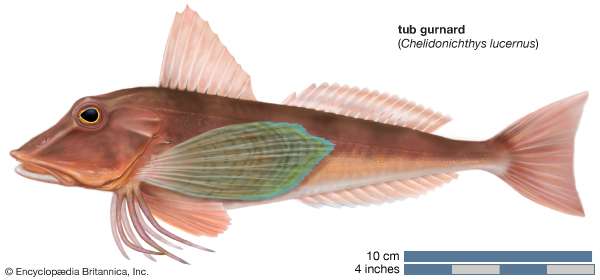The longterm success of not quarantining fish is the result of well established tanks with immense bio-diversity, healthy fish with built in resistance and a low stress environment.
The Reef2Reef Fish Disease Database gets dozens of new threads daily and hundreds of new posts a day by those that were not as successful at dropping in fish straight from the pet store. Wouldn't be a bad idea to read a few of these.
If you do not know what you are doing it is kind of like playing Russian Roulette.
The local reef form is full of reefers selling their entire setups after a couple of years of not having much success.
Kudos to @Frogger
The above post represents the wisdom of both sides in the qt discussion. As a Gemini, I will approach this from my side of the coin:
“If you don’t know what you are doing it is kind of like playing Russian Roulette.”
If you don’t know what you are doing, you best emulate somebody that does know what they are doing. That is why I go with natural filtration because Mother Nature is a part of Intelligent Design and I like it that way.
Last edited:


















